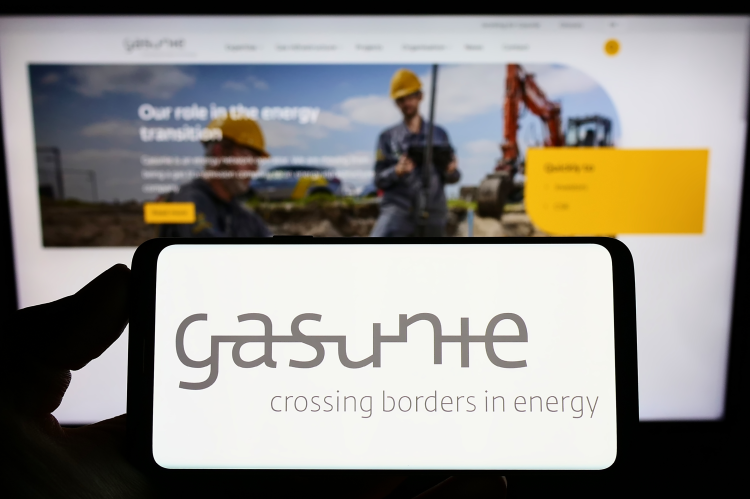Gasunie Investigates Possibilities for a Hydrogen Pipeline Network in the North Sea

In hydrogen production, the Netherlands has a sizeable climate target to meet, and the North Sea offers opportunities for generating the required green energy through wind farms.
Energy network operator Gasunie has said the Netherlands has a good size climate target it is expected to meet. The country can seize the numerous opportunities the North Sea offers for generating the needed green energy through wind farms.
Werna Udding, in charge of offshore hydrogen at Gasunie, said, "We are already working on the national hydrogen network on land. And now, together with other parties, we are also investigating the possibilities of creating an offshore hydrogen network."
Green hydrogen will be vital in the energy transition. In addition, it will be useful in improving the industry's sustainability and heavy transport.
According to Werner, the Netherlands understands these opportunities, and that's why the country has set itself an ambitious goal for producing Hydrogen: 4giawatts by 2030. He added that the country was even thinking of doubling the figure.
Reports by Gasunie show the target is even higher in international collaboration. Last summer, the Netherlands, Denmark, Germany, and Belgium signed the Esbjerg Declaration and agreed to work together in developing the North Sea as "a green power plant."
The agreement saw the countries target to produce 65GW offshore wind power, 20 GW of which is earmarked for the production of green hydrogen.
Werner is more ambitious and has stated that Minister for Climate and Energy policy Jetten has initiated research to see the possibility of realizing 70GW of offshore wind energy by 2050.
Scope for large-scale power generation
Solar and wind energy are used to make Green hydrogen. The Netherlands has a hydrogen plan in which the energy primarily comes from offshore wind farms. Gasunie is confident that there is potential for the generation of sufficient energy along the Dutch continental shelf in the North Sea.
Producing Hydrogen Offshore
According to the Dutch government estimates, the investment costs for the offshore cable network will be about 26 billion euros. This estimate implies that laying power cables is costly, and more costs will also be incurred when wind farms are built far off the coast.
For this reason, technicians are considering offshore electrolysis, which is a short distance from the power source. This power will necessitate the production of hydrogen on-site and then transported to the mainland through the pipelines. Therefore, an offshore pipeline would be cheaper than laying a cable and will also ensure more energy is transported in a short time.
Werna said, "One large pipeline can supply 10 to 20 gigawatts. By comparison, you would have to lay five to 10 power cables to accomplish the same."
Hydrogen Network for Transport to Shore
Werna said that she has a team investigating if it is possible to lay an offshore hydrogen network. Before deciding, the team intends to determine the cost, location, and infrastructural needs to produce hydrogen.
Public or Private Network
The government will decide whether hydrogen will eventually be transported through a private or public network. The decision will clarify who will be allowed to develop the offshore hydrogen network.
